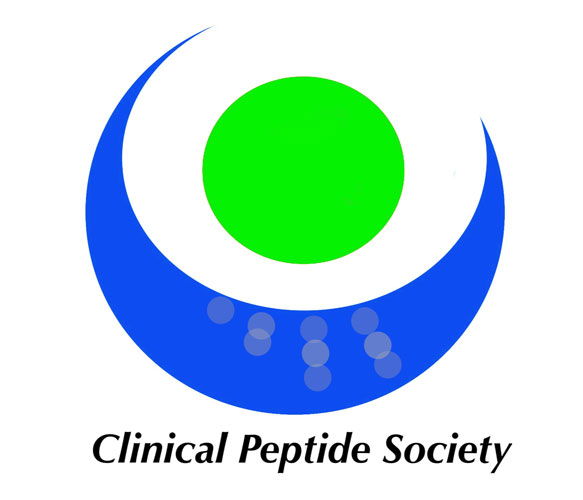5 FAQs About Ketamine Therapy

Ketamine therapy is a versatile treatment. But many doctors consider it for severe or treatment-resistant mental disorders. Understanding this treatment better can help you prepare for your next appointment. Here are some FAQs on ketamine therapy that you can ask your doctor.
1. What is ketamine?
Research shows that Wayne State University’s chemistry professor created ketamine back in 1962. It is a fast-acting non-opioid anesthetic that the body can metabolize right away. That is why the WHO (World Health Organization) categorizes it as an important medication. Medical professionals in the United States have been using ketamine as an anesthesia and pain reliever.
Studies show that this compound can treat both physical and emotional pain. Scientists prove that using ketamine for depression and other mental disorders can reduce symptoms. It can then help improve the patient’s quality of life. In some cases, ketamine therapy can also relieve pain, including migraines.
2. How does ketamine therapy differ from conventional medications?
Traditional medications for mental problems have limited improvements. Some patients even find them ineffective. That is why finding new, more effective solutions is necessary. One of these alternative treatments is using ketamine therapy.
Ketamine therapy does not target neurotransmitters. Instead, it concentrates on developing healthy neurons and changing nerve passages. This changes the way the brain reacts to medication. It increases the effectiveness of psychiatric drugs.
3. How does ketamine therapy work?
This treatment targets many areas of the brain. Research shows that ketamine blocks the NMDA (N-methyl D-aspartate) receptor. Blocking the NMDA receptor leads to the regulation of glutamate. Ketamine therapy also increases the levels of BDNF (brain-derived neurotrophic factor).
Studies reveal that glutamate-responsive brain receptors can help develop pain conditions. The stress from situations like this can damage the links between brain cells. Ketamine therapy can help restore these severed links. It can enhance the connectivity in the brain. This leads to the quick and lasting correction of the symptoms.
Trials show that ketamine therapy can treat physical pain. It can also target emotional pain from traumatic memories or experiences. The therapy can address stressors and underlying conditions. It can break the patterns that trigger different symptoms of mental conditions.
4. How should a patient prepare for ketamine therapy?
The patient’s mind must be open to going through the treatment. Avoiding negativities before the appointment is important in getting the most favorable results. This means that the patient must stay away from the news, aggravating situations, and confrontations with anyone. But it is okay to feel a little nervous before ketamine therapy.
Medical professionals suggest seeing a therapist during the first couple of weeks of the treatment. The dissociation during ketamine therapy can be extreme for some people. The therapist can help the patient process the changes in perception. This can make the patient recover right away.
5. How many treatments will a patient need?
The goal of ketamine therapy is to address each patient’s needs and issues. The attending doctor will assess the patient first. Then, the right guideline will apply. Here are the frequencies of ketamine therapy according to a patient’s condition:
- For chronic pain, the doctor will assess the patient first and then develop a treatment plan. The monitoring and infusions will last for about four hours for many consecutive days. Placing ketamine tablets under the tongue is also advisable.
- For migraines, ketamine therapy will start with a four-hour infusion. More infusions and tablets may be necessary, depending on the patient’s reaction.
- For PTSD, anxiety, and mood disorders, the patient will need six to eight ketamine therapy sessions for three to four weeks. Each infusion will last for an hour. Then, the patient will have a single booster every four to six weeks as maintenance.
- Ketamine therapy is for treatment-resistant depression or severe depression. Studies show that about 60% of patients do not improve with conventional antidepressant medications.
The benefits of ketamine therapy
Using ketamine for depression and other treatment-resistant mental disorders is promising. This drug has been present for at least 30 years. Many patients are more interested in how it can help them with their health. Here are the benefits of getting ketamine therapy:
- It provides quick results.
- It helps in one’s psychological healing.
- It provides lasting relief.
- It reduces pain.
- It has minimal adverse effects.
- It improves mood, attitude, and way of thinking.
Ketamine therapy can improve your health and your life
If you think that your current traditional treatments are not working for you, you must talk to your doctor about ketamine therapy. Understanding this treatment will allow you to see how better your health can get. It can also motivate you to get this type of therapy soon. Working with your doctor can help improve your current health and quality of life.
Get more information about Optimal Medical Group in Fresno at https://omgwellnessmd.com.
Check out what others are saying about our services on Yelp: Ketamine Therapy in Fresno, CA.
Related Posts
Low sex drive in women treatment starts with identifying why sexual desire has changed and then matching those causes to evidence-based options like medication, hormone therapy, sex therapy, and lifestyle changes. In many women, low sexual desire is highly treatable once physical, hormonal, emotional, and relationship factors are carefully evaluated in a medical setting.The most…
Erectile dysfunction treatment cost typically ranges from a few dollars per generic pill to $20,000 for penile implant surgery, depending on the treatment path chosen. A realistic annual budget can range from about $700–$960 for ED pills to $7,800–$8,400 for penile injections, with penile implants and penile prosthesis surgery running $6,000–$20,000.Those numbers can feel overwhelming,…
How to fix low libido in women begins with identifying the true cause of decreased sexual desire rather than treating symptoms alone. Low libido is most often linked to a combination of hormonal changes, medical conditions, mental health factors, and relationship dynamics. When these contributors are properly evaluated, sexual desire can usually be improved with…
Doctors for erectile dysfunction in Fresno, CA help identify the underlying cause of erection problems and guide patients to safe, effective treatment options. Erectile dysfunction often signals issues with blood flow, hormones, or psychological conditions, so choosing the right physician matters as much as the medications themselves. The core erectile dysfunction solution is to start…
















